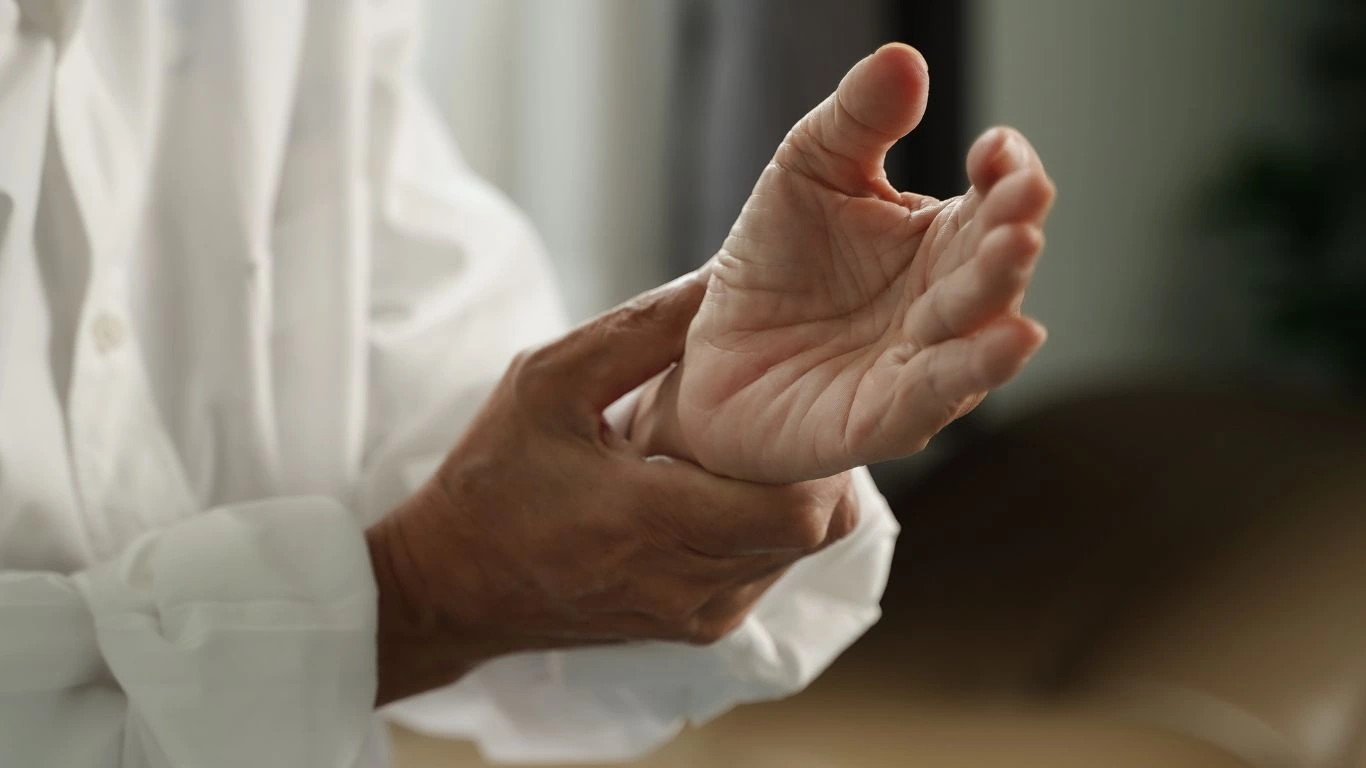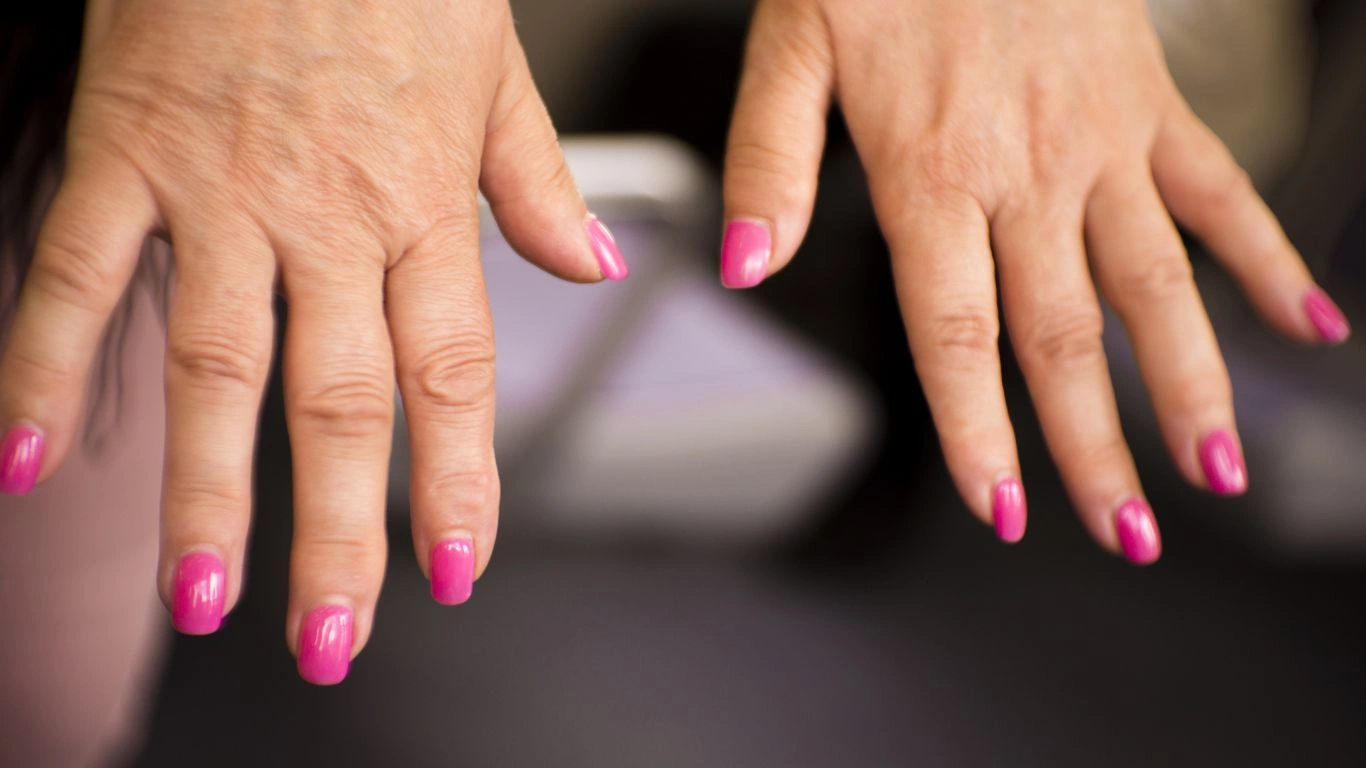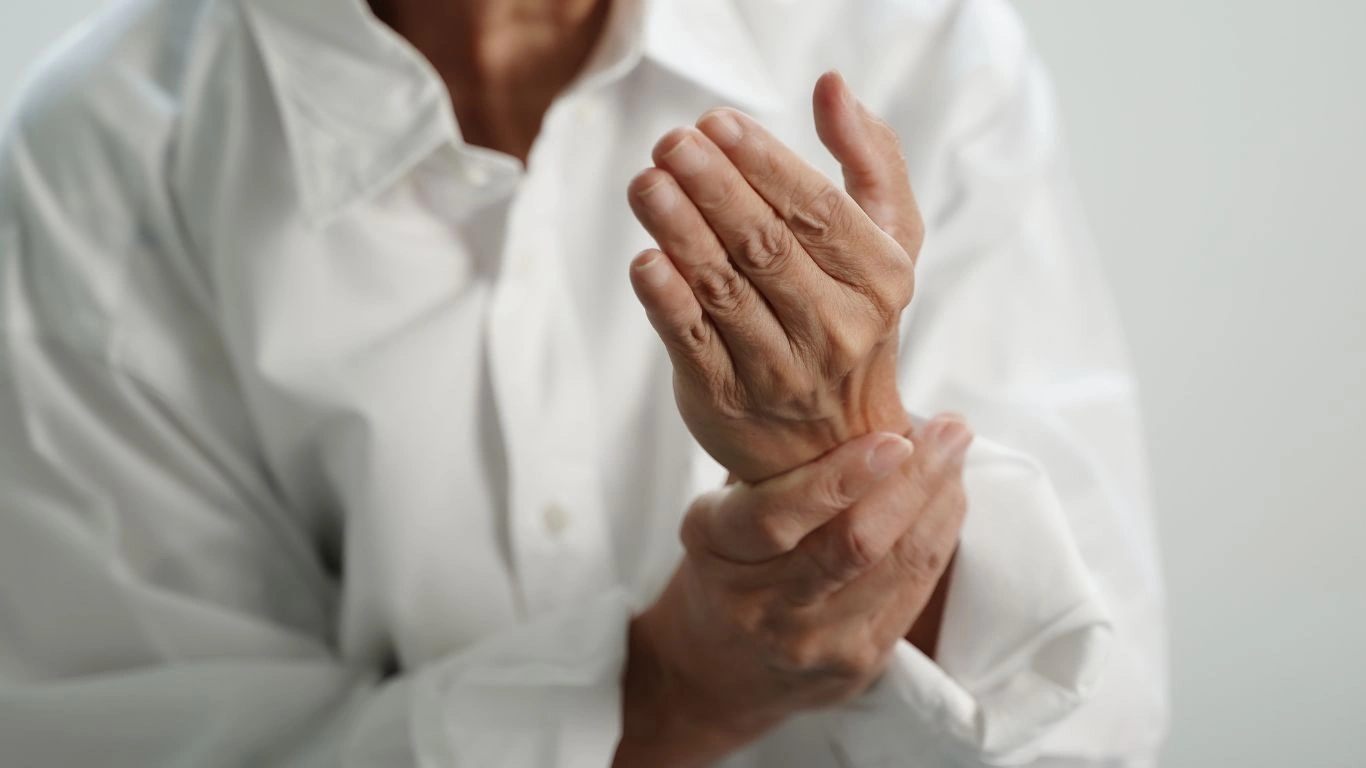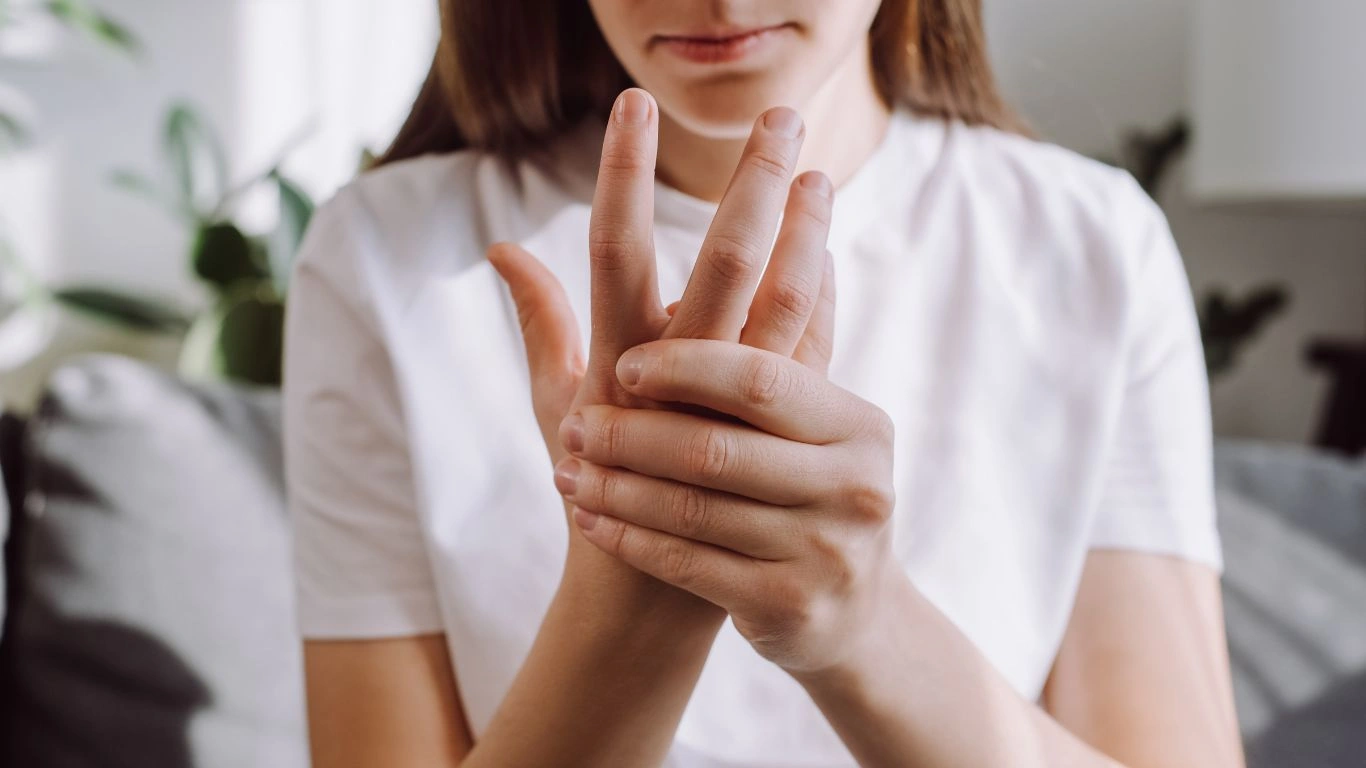Struggling with Rheumatoid Arthritis? Try These Home Remedies for Relief!
Rheumatoid arthritis and how to manage flare-ups at home—it’s something I’ve spent years helping people understand and tackle. If you’re dealing with RA, you know that one day you feel fine, and the next, a flare-up hits like a ton of bricks. As someone who has worked closely with RA patients for years, I’ve seen firsthand how unpredictable and frustrating it can be. But here’s the good news: You can take control. While there’s no magic cure, there are plenty of effective ways to ease the pain and get through those rough days without feeling like you’re completely at the mercy of your joints.
What Triggers a Rheumatoid Arthritis Flare-Up?

Before we talk about how to manage a flare-up at home, let’s first understand what actually causes them. In my experience, flare-ups can sneak up on you for a variety of reasons. Some of the most common triggers include:
- Stress: Your mind and body are deeply connected. Emotional or physical stress can send your immune system into overdrive, worsening inflammation.
- Weather changes: Many of my patients swear they can “feel” a storm coming in their joints. Sudden temperature drops or humidity changes can make symptoms worse.
- Poor sleep: If you’re not getting enough rest, your body doesn’t have time to repair itself, leading to increased pain and stiffness.
- Dietary choices: Processed foods, excessive sugar, and even dairy can trigger inflammation in some people.
- Overexertion: RA is tricky—you need movement to stay limber, but too much activity can lead to an unhappy immune system.
How to Manage a Rheumatoid Arthritis Flare-Up at Home

When a flare-up hits, it can feel like your body is rebelling against you. But don’t worry—you’re not powerless. Over the years, I’ve seen patients successfully manage their symptoms at home with these tried-and-true strategies.
1. Give Your Joints a Break (But Don’t Go Completely Still)
One of the biggest mistakes I see people make during a flare-up is either overdoing it or completely immobilizing themselves. The key is balance. Listen to your body—if a certain movement makes your pain skyrocket, stop. But gentle movement, like slow stretching or light yoga, can help keep stiffness at bay.
2. Use Hot and Cold Therapy
Heat and cold packs are lifesavers when it comes to managing RA pain at home. Here’s how you can use them effectively:
- Heat therapy: A warm bath, heating pad, or even a hot towel can help loosen up stiff joints.
- Cold therapy: Ice packs work wonders for reducing swelling and numbing sharp pain.
Some people swear by one method over the other. My advice? Try both and see what your body responds to best.
3. Modify Your Daily Activities
During a flare-up, even simple tasks like opening a jar or getting dressed can feel like an uphill battle. Here are some practical tweaks that can help:
- Use adaptive tools like jar openers or button hooks to make daily tasks easier.
- Wear slip-on shoes to avoid unnecessary strain on your fingers.
- Break up chores into smaller steps and take breaks in between.
Little changes like these can save you a lot of frustration and pain.
Stay Ahead of the Pain with a Plan

One of the best ways to manage flare-ups is to be proactive. Through years of working with RA patients, I’ve seen that those who have a plan in place fare much better than those who wait until the pain is unbearable.
4. Keep a Flare-Up Kit Ready
Think of this as your RA emergency kit—filled with everything you need when a flare strikes. Here’s what I recommend including:
- Your prescribed pain relief medications.
- Hot/cold packs.
- Compression gloves or braces for added joint support.
- Easy-to-prepare meals to reduce the stress of cooking.
- A cozy blanket or heated throw for comfort.
5. Prioritize Rest and Relaxation
When your body is in distress, it’s essential to slow down and rest. This doesn’t mean lying in bed all day, but it does mean pacing yourself. Try relaxation techniques like:
- Deep breathing exercises.
- Guided meditation or mindfulness apps.
- Listening to calming music or audiobooks.
Trust me—taking the time to rest properly can make a massive difference in how quickly you recover.
Fuel Your Body with the Right Foods

When managing rheumatoid arthritis flare-ups at home, food plays a much bigger role than most people realize. Over the years, I’ve seen patients feel significantly better just by making a few smart dietary adjustments. The right foods can help fight inflammation, while the wrong ones can make your symptoms worse.
1. Anti-Inflammatory Superfoods
Some foods are packed with nutrients that can help calm your immune system and reduce inflammation. I always recommend adding these to your diet:
- Fatty fish (salmon, sardines, mackerel): Rich in omega-3s, which have powerful anti-inflammatory effects.
- Turmeric: Contains curcumin, a natural anti-inflammatory compound. Just make sure to pair it with black pepper for better absorption.
- Leafy greens: Spinach, kale, and Swiss chard are full of antioxidants that help combat oxidative stress.
- Berries: Blueberries, strawberries, and raspberries contain compounds that fight inflammation.
- Olive oil: A staple in the Mediterranean diet, known for its anti-inflammatory properties.
2. Foods to Avoid During a Flare-Up
Just as some foods help, others can make things worse. Through trial and error, many of my patients have figured out that cutting back on these foods helps keep their symptoms in check:
- Processed and fried foods: These can trigger inflammation and worsen joint pain.
- Sugary drinks and snacks: Excess sugar increases inflammation in the body.
- Refined carbs (white bread, pasta, pastries): These break down into sugar quickly, leading to more inflammation.
- Red meat: High in saturated fats, which may contribute to inflammation.
If you’re not sure which foods are affecting you, try keeping a food journal. Note what you eat and how you feel afterward—it might reveal some surprising patterns.
Supplements That May Help Ease RA Symptoms

While a balanced diet is key, sometimes our bodies need a little extra help. I’ve had many patients ask me about supplements, and while they’re not a magic fix, some can make a real difference.
3. Popular Supplements for RA
Here are a few that have shown promise in managing rheumatoid arthritis symptoms:
- Fish oil: Omega-3 fatty acids help reduce joint stiffness and pain.
- Vitamin D: Essential for bone health, and many people with RA have low levels.
- Ginger: Natural anti-inflammatory properties similar to ibuprofen.
- Glucosamine and chondroitin: Some people find these helpful for joint pain.
Always check with your doctor before starting any new supplement, as they can interact with medications or have unwanted side effects.
Mind-Body Techniques to Manage RA Pain

One thing I’ve learned over the years? Your mind plays a huge role in how your body experiences pain. When you’re stressed, anxious, or overwhelmed, your RA symptoms can feel ten times worse. That’s why incorporating relaxation techniques into your daily routine is so important.
4. Stress-Reduction Techniques
Here are some strategies that have worked wonders for my patients:
- Deep breathing: Simple breathing exercises can help calm your nervous system and reduce pain sensitivity.
- Yoga or Tai Chi: Gentle movement helps keep your joints flexible while also easing stress.
- Acupuncture: Some RA patients find relief through acupuncture sessions.
- Journaling: Writing down your thoughts and feelings can be a great stress reliever.
5. The Power of Sleep
One thing I always tell my RA patients: Don’t underestimate the power of good sleep. Poor sleep can make your pain worse, and chronic pain can make it harder to sleep—it’s a vicious cycle.
Here are some tips for improving sleep quality:
- Stick to a regular sleep schedule, even on weekends.
- Use a weighted blanket for comfort and relaxation.
- Try a warm bath or gentle stretching before bed.
- Avoid screens (phones, tablets, TVs) at least an hour before bedtime.
When you prioritize sleep, you give your body the chance to heal and recover, which can make a huge difference in how you feel day-to-day.
Alternative Therapies for Managing RA Flare-Ups

Sometimes, medication and traditional treatments don’t provide enough relief. Over the years, I’ve had patients explore alternative therapies to complement their RA management, and many found success in unexpected ways. While these methods aren’t replacements for medical care, they can be powerful tools in your flare-up management toolbox.
1. Acupuncture and RA Relief
Acupuncture is an ancient practice that involves inserting tiny needles into specific points on the body. It might sound intimidating, but I’ve had several patients who swear by it for pain relief. The idea is that acupuncture helps stimulate the body’s natural painkillers while reducing inflammation.
Although research is still ongoing, studies suggest acupuncture may help reduce RA symptoms by improving circulation and balancing the immune response. If you’re curious about trying it, look for a licensed practitioner who has experience working with arthritis patients.
2. The Benefits of Massage Therapy
When joints are inflamed and tender, the last thing you might think of is getting a massage. But when done correctly, gentle massage can be incredibly effective in reducing stiffness and improving mobility.
- Light pressure massage: Helps improve blood flow and relax tense muscles.
- Trigger point therapy: Focuses on relieving tension in specific areas.
- Aromatherapy massage: Uses essential oils like lavender or eucalyptus to promote relaxation and ease pain.
Just be sure to communicate with your massage therapist about your RA and let them know if anything feels uncomfortable.
3. Herbal Supplements for Joint Health
Many people look to natural supplements to help with RA symptoms. While supplements aren’t a cure, some may help reduce inflammation and support joint health:
- Omega-3 fatty acids: Found in fish oil, these have been shown to reduce joint stiffness.
- Turmeric (Curcumin): This golden spice is known for its anti-inflammatory properties.
- Ginger: Works similarly to turmeric in fighting inflammation.
- Glucosamine and chondroitin: Some studies suggest they may help with cartilage support.
Before starting any supplement, check with your doctor to make sure it won’t interfere with your current medications.
Creating an RA-Friendly Home Environment

When you live with RA, your home should work for you, not against you. Making a few adjustments to your living space can help reduce strain on your joints and make daily tasks easier.
1. Ergonomic Tools and Gadgets
Over time, I’ve found that investing in a few joint-friendly tools can make a huge difference. Here are some of my favorites:
- Electric can openers: No more struggling with twist-off lids.
- Easy-grip kitchen utensils: Designed with larger handles for less strain.
- Voice-activated devices: Reduce the need for repetitive hand movements.
- Lever-style door handles: Easier to use than traditional round knobs.
Simple changes like these can take a lot of stress off your joints and help you maintain independence.
2. Temperature Control for Comfort
Cold weather can be brutal on RA symptoms, while heat can sometimes provide relief. Here’s how to optimize your home environment:
- Keep your home warm: Use heating pads or electric blankets to ease joint stiffness.
- Invest in a paraffin wax bath: Great for soothing sore hands and feet.
- Use cooling packs: If swelling is an issue, cold therapy can help calm inflammation.
Finding the right balance between warmth and cool relief can make a noticeable difference in your comfort levels.
Building a Strong Support System
Managing RA isn’t just about physical care—it’s also about emotional well-being. One of the best things you can do is surround yourself with people who understand what you’re going through.
1. Connecting with Others Who Have RA
Living with RA can feel isolating at times, but trust me—you’re not alone. There are tons of support groups and online communities where people share their experiences, tips, and encouragement.
Consider joining:
- The Arthritis Foundation for resources and local support groups.
- Reddit’s RA Community for real-life stories and advice.
- Facebook groups dedicated to RA support and management.
Talking to others who truly “get it” can be incredibly comforting and empowering.
2. Educating Family and Friends
One of the hardest parts about RA is that it’s an invisible illness. People might not realize how much pain you’re in because you “look fine” on the outside. That’s why it’s important to educate your loved ones about what you’re going through.
- Explain what RA is and how it affects your daily life.
- Let them know that some days are better than others.
- Ask for help when you need it—there’s no shame in that.
When your support system understands your struggles, they can offer the right kind of help when you need it most.
Final Thoughts
Living with rheumatoid arthritis isn’t easy, but it is manageable. Over the years, I’ve seen so many people take back control of their lives by making small, consistent changes. Whether it’s adjusting your diet, using alternative therapies, or modifying your home, every step counts.
Remember, you’re not in this alone. There are resources, communities, and strategies that can help you navigate flare-ups and feel your best. The key is to listen to your body, stay proactive, and give yourself grace on the tough days.
References
Disclaimer
This article is for informational purposes only and should not be taken as medical advice. Always consult with a healthcare professional before making changes to your RA management plan.

Tarra Nugroho is a dedicated Nurse Practitioner with a strong foundation in family and preventive care. She brings both compassion and clinical expertise to her practice, focusing on patient-centered care and health education. As a contributor to Healthusias.com, Tarra translates medical knowledge into clear, empowering articles on topics like women’s health, chronic disease management, and lifestyle medicine. Her mission is simple: help people feel seen, heard, and informed—both in the clinic and through the content she creates. When she’s not caring for patients, Tarra enjoys weekend hikes, plant-based cooking, and curling up with a good health podcast.






